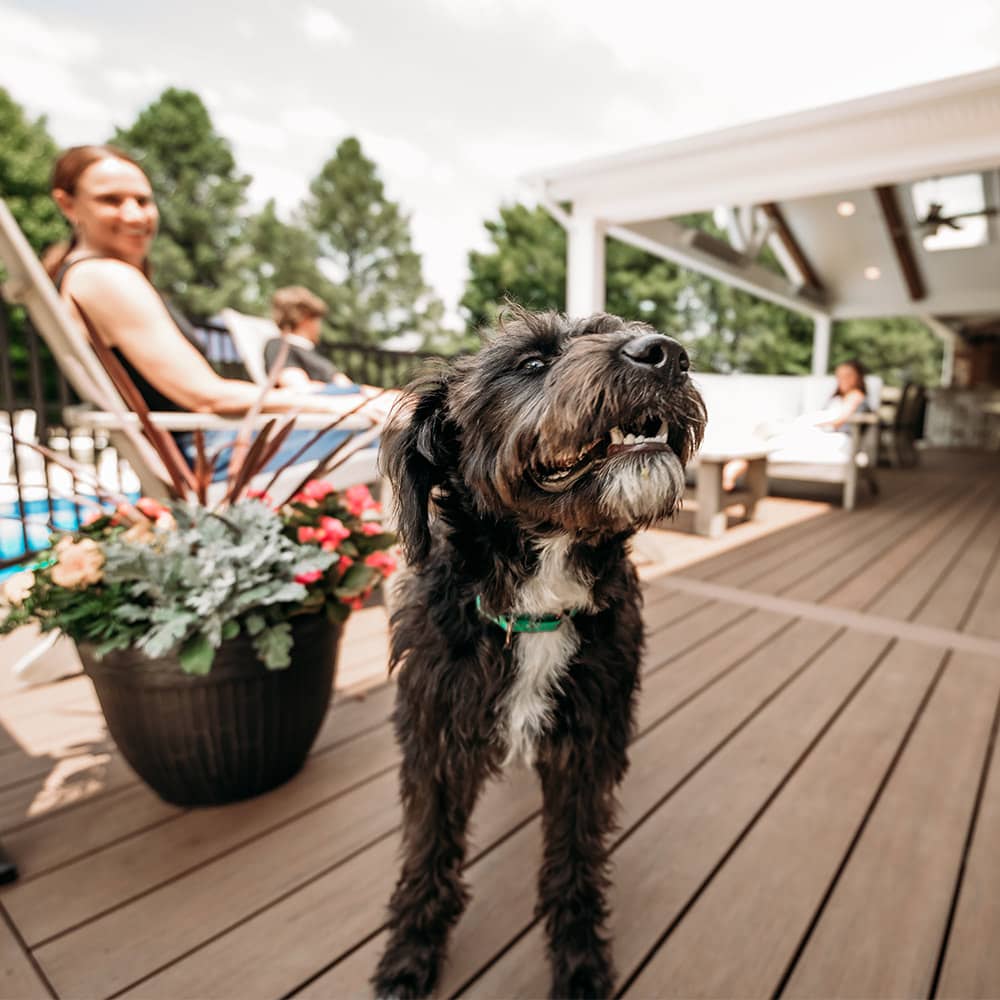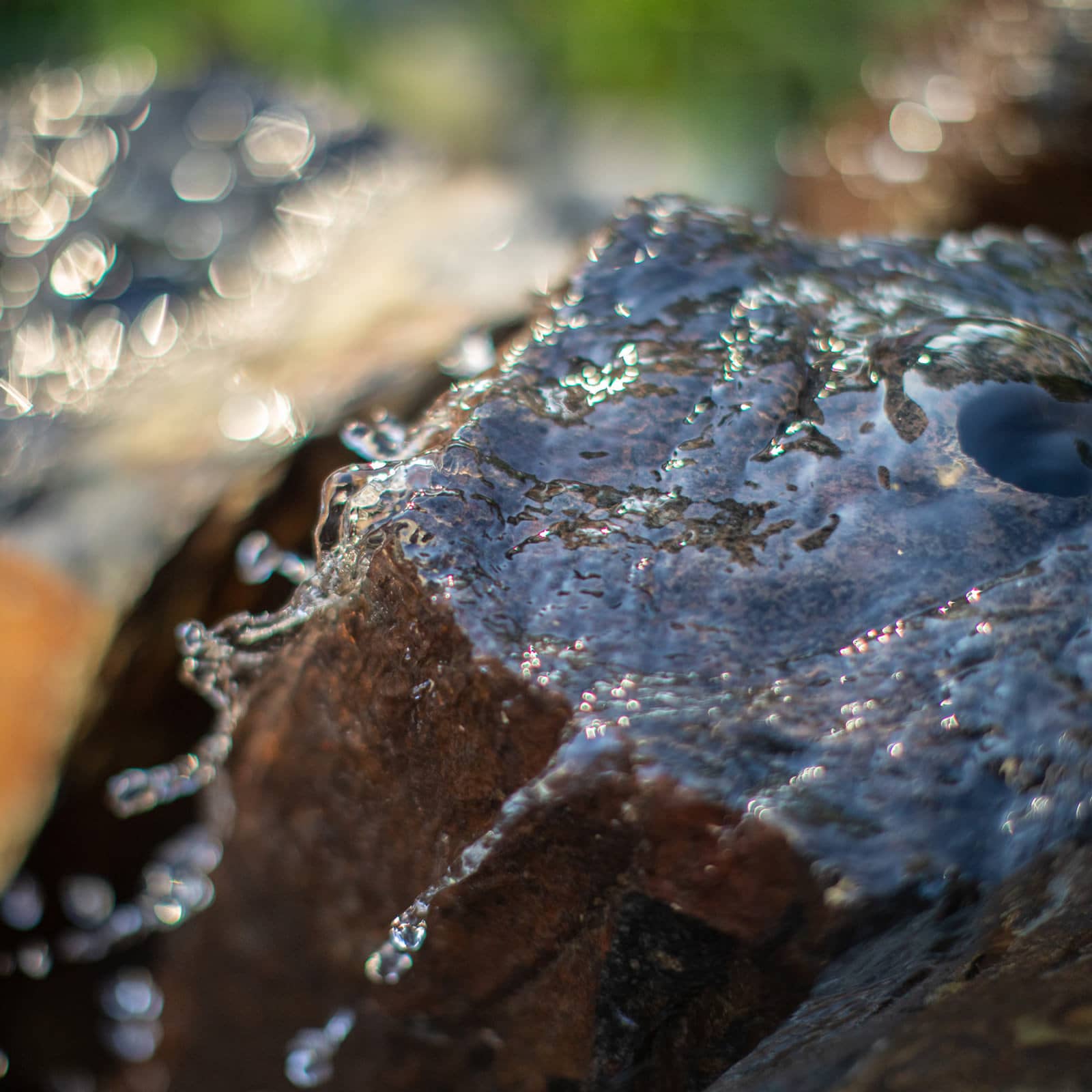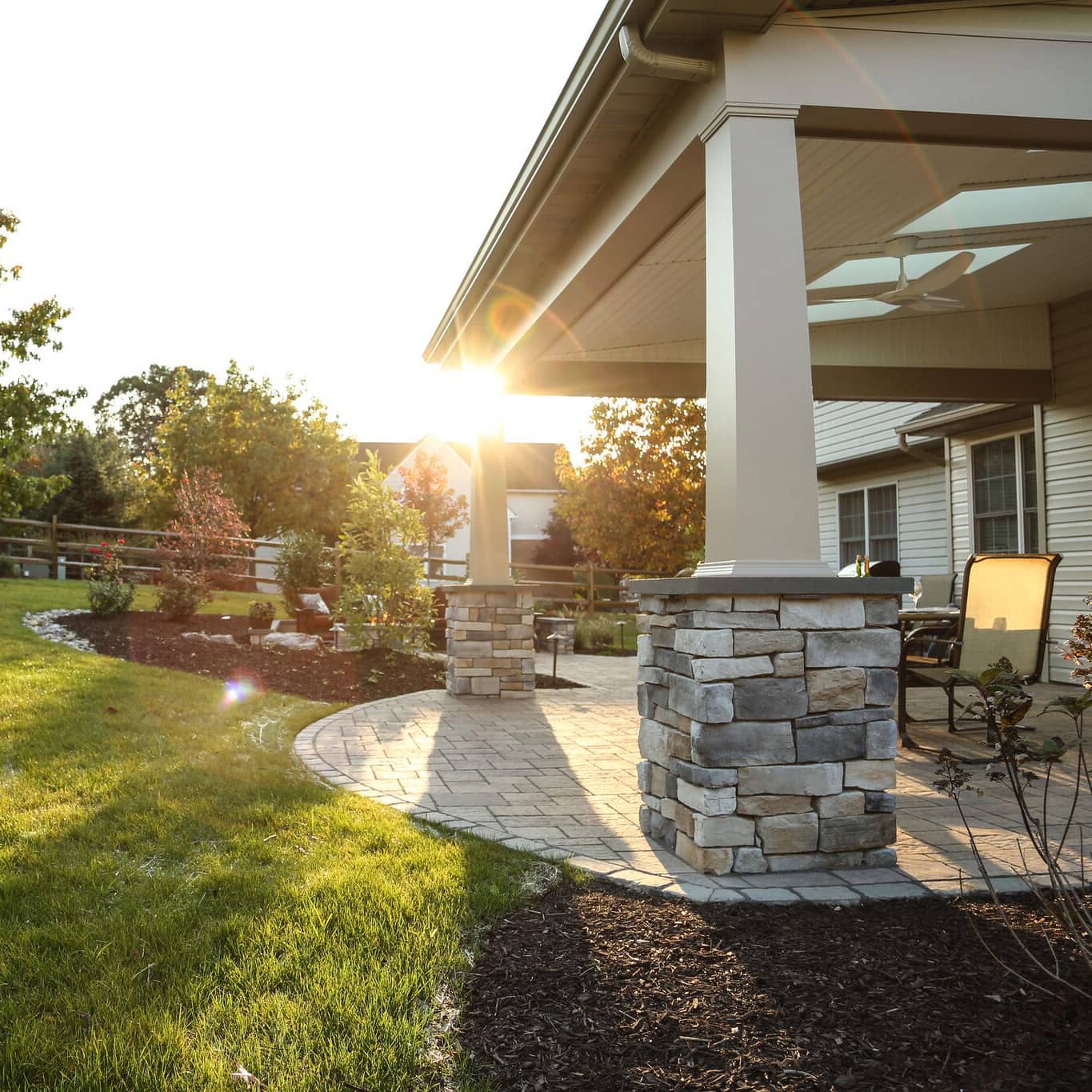Starting an edible garden
Posted March 21, 2019 in Landscape Design, Landscape Maintenance, Plant and Tree
Growing your own food is so rewarding. The time and effort spent nurturing an edible garden is so fulfilling and if you are able to share the joy and education with someone you love, the experience only gets better. It does take a little time to learn what grows best, when and where, but formulating a strategic plan before you break out the gardening gloves will ensure a higher success rate to go from soil to salad bowl. Let’s explore a few tips on how to get started, so you are armed with a solid formula and vision for when the temperatures finally make their upswing for the season!
First and foremost, how you set up your garden is important…this can be the difference between a lush and productive garden or one that looks leggy, sad and unfruitful. Tip number one is to find the area of the backyard that gets the most sun during the day. Whether you plan to use containers, raised garden beds or sow directly in the ground, sunlight is a non-negotiable when it comes to the best looking (and tasting!) fruits and vegetables. Places that get a solid 6-8 hours of sun will be the most productive, especially for sun-loving plants like cucumbers, squash, watermelon, cantaloupe, eggplant, tomatoes, peppers and corn.
However, knowledge is half the battle! If your lawn doesn’t receive full sun, don’t try to force the plants that require it, you will only end up frustrated with your harvest. Areas of partial sun (4-6 hours) that receive morning sun and afternoon shade is a wonderful location during the summer, giving your plants a break from the sun during the hot afternoons. This scenario is perfect for hardier crops like peas, beets, broccoli, onions, radishes and cabbages.
Lastly, if there isn’t anything you can do about a backyard that is in full shade (2-4 hours of sunlight), this is the perfect opportunity for more delicate, yet delicious and essential, vegetables. There is always way to put a shadier corner of the garden to good use. Lettuces, kale, spinach, swiss chard, brussel sprouts and heat-sensitive herbs like cilantro do their best when the temperatures are high without suffering through the sun’s sting.
Once you have a laundry list of plants and seeds that you hope to procure for the season, you need to make sure that your planting location also accounts for easy access. A general rule of thumb, whether it be the garden or any outdoor living space feature, the closer to the back door, the more likely you are to use it. If you can see the garden from inside of the home, you will probably take better care of it and be encouraged to make use of it in your meals! Being able to have nearby access and ease of watering and harvesting will make your garden more fun and convenient.
On the same note, keep in mind that your edible garden should have an integration of other plantings as well. Get creative with introducing annual and perennial flowers in the mix! Not only will these pops of color look absolutely awesome from the kitchen window or patio lounger, but the flowers will attract pollinators, leading to a better yield! The flowers will help your garden look and process better and the space will start to take on a designer aesthetic; a true win-win!
Speaking of aesthetic, if you prefer a more mature or appealing approach to your garden, how you incorporate these functional features into your outdoor living space will need to be considered. Positioning a container garden on your deck with full sun will surely produce delicious delectables, but at the end of the day, your garden will simply look like containers on a deck. Having a plan for garden infrastructure is important for both beauty and functionality.
If you lack the design vision or the craftsman’s touch, you can always talk to you landscape designer to help create a plan for success! Here at MasterPLAN, we see the request for garden space quite often, and we understand the key points in making garden spaces successful and cohesive with the rest of the outdoor living space by implementing clever forethought! Cohesive planter boxes can be achieved by using like materials as the rest of the home; whether that be bluestone, granite, cedar or incorporating the same stone veneer, your holistic hobby doesn’t have to seem like an afterthought and can certainly be addressed in your outdoor living space! Your garden can be a living and breathing patio focal point, inspiring interest and encouraging conversation!
Once your plan starts to take shape of what, where and how, you will also need to plan for cultivation! The most important factor in your garden’s health is its soil. All plants need nutrients to fuel their growth, so you will want to skip out on the bagged soil 2 for 1 deal at the grocery store down the street and invest in good, organic compost or a nutrient-rich blend like mushroom soil. Trust us, your crops will thank you and you will notice their ever-growing strong character!
If we are talking about soil, we definitely need to talk about drainage…they go hand-in-hand. Most backyard fruits and vegetables love a moist environment (especially in the summer), but can’t and won’t tolerate consistently soggy soil. Plants that sit in wet soil for too long will develop root rot and will essentially suffocate. With that being said, make sure your containers have amply drainage holes on the bottom and your raised planters and in-ground plots have a material like crushed lava rock mixed in the soil to help water drain quicker and giving the roots opportunity to establish.
Lastly, remember to be light-hearted! Starting an edible garden will very much so be a trial and error situation. Do not get upset if the butternut squash doesn’t get as large as the monsters you see in the grocery store or the green beans don’t look as pretty as your neighbor’s; it may take some time, but a little research will go a long way. Hop on Google or talk to the staff at a nearby nursery about the issues you encountered and try again next growing season! Successful gardeners will tell you that they didn’t know everything at the start of their first rodeo and they are always up to try new techniques and formulas. If you keep a fun attitude and open mind, your garden will become more successful over time and down the road, you can share your tips and tricks with a novice neighbor!
Serving the Poconos, Lehigh Valley through the Main Line of Philadelphia and western New Jersey, MasterPLAN Outdoor Living would love to help you and your family uncover the true potential of your outdoor living space! Our out of the box creative design work is our passion and being able to create beautiful and functional outdoor living spaces that make each family smile is our purpose! We view backyard transformations as a journey and we would love to partner with you to create the perfect backdrop to your life’s story! When you are ready to open the conversation about your own outdoor oasis, reach out to MasterPLAN; we would love to welcome you into the family!
Join Our Newsletter
Stay up to date with what is happening with MasterPLAN Outdoor Living.
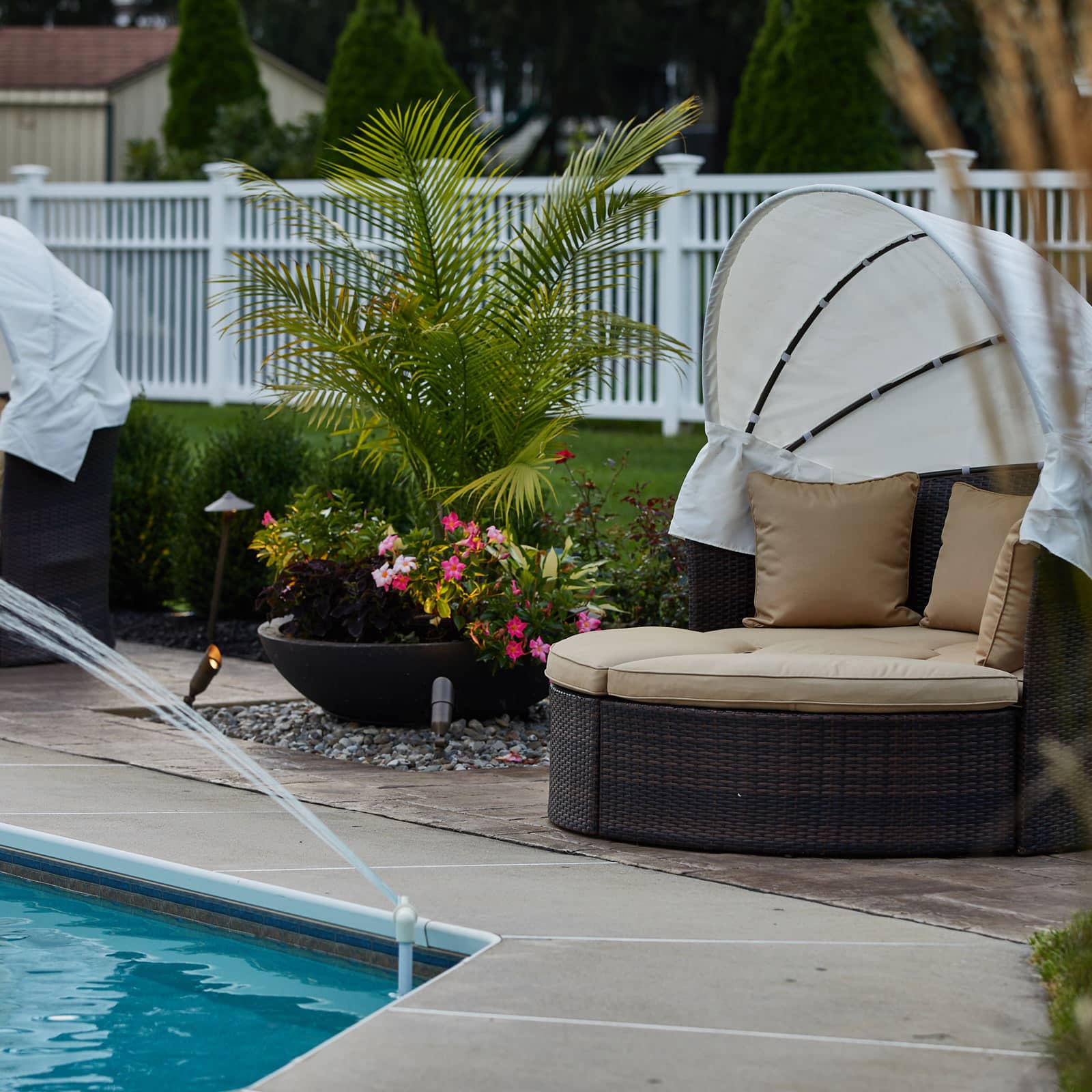
It’s the details that make each MasterPLAN project feel like home.

Looking for a creative way to integrate outdoor privacy? We incorporated a beautiful stucco and wood feature wall in this seamless transition covered deck space which provides both function and beauty!
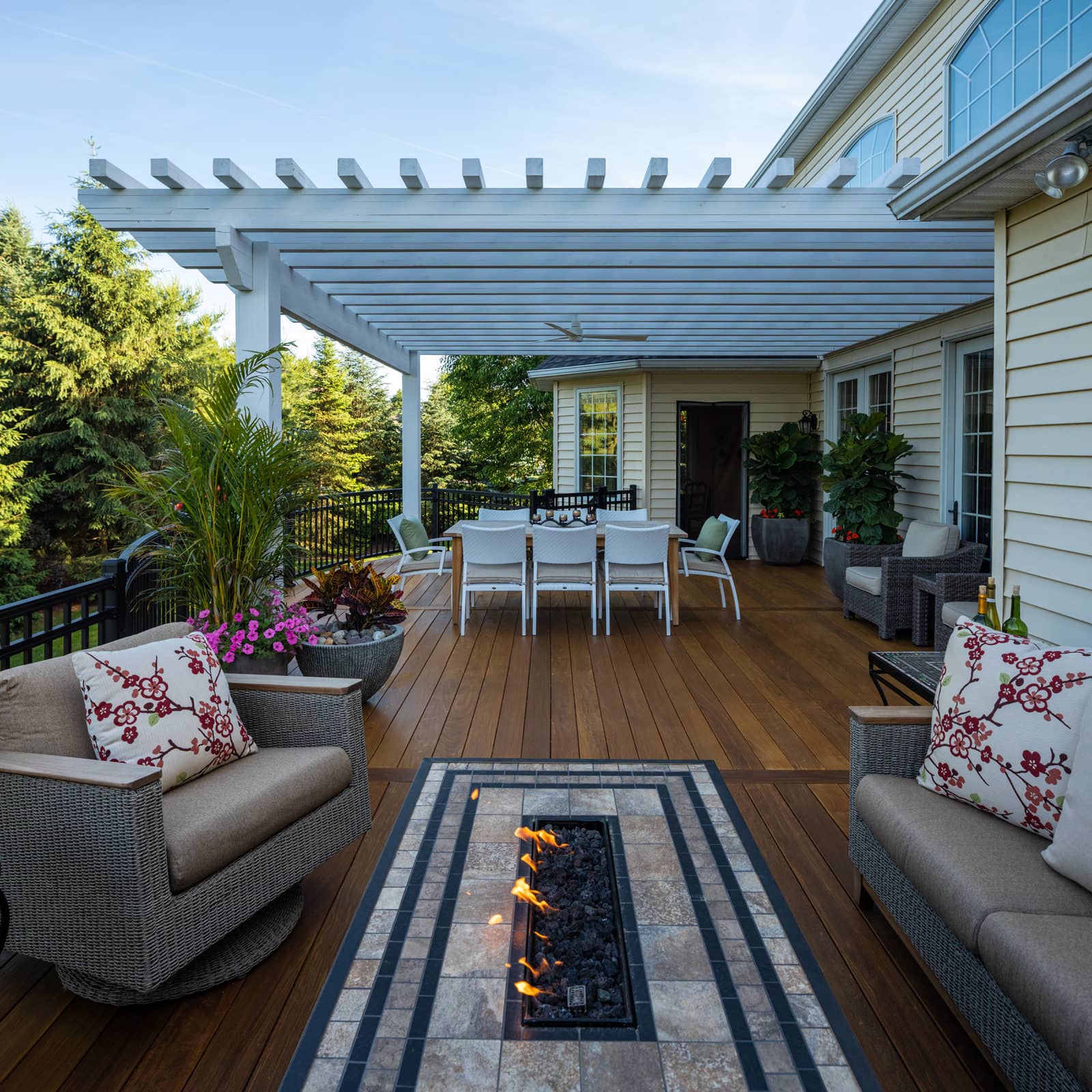
A custom shade structure is a wonderful way to personalize your space. Learn more about this beautiful outdoor living space in Allentown
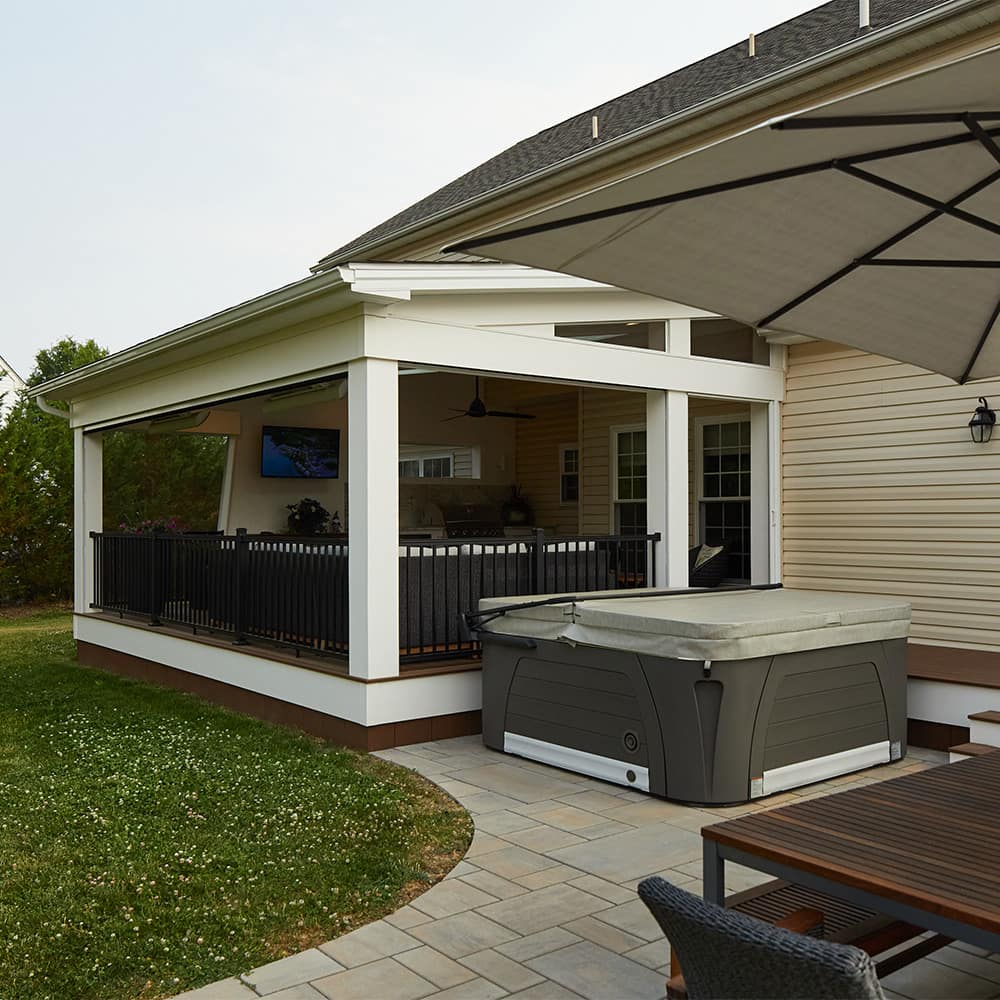
Working with a designer is a truly efficient process. This hot tub in Schwenksville, PA was placed strategically for the deck to act as additional privacy and the deck’s catwalk to provide a way to get in and out of the water!

Morning coffee + fresh air + cuddles with the family on the deck watching cartoons = sign us up!!!

Stone, metal and wood beautifully enhance the look of this Center Valley home. Learn more about this MasterPLAN project…

Partnering with MasterPLAN means collaborating on materials to get it all just right!





